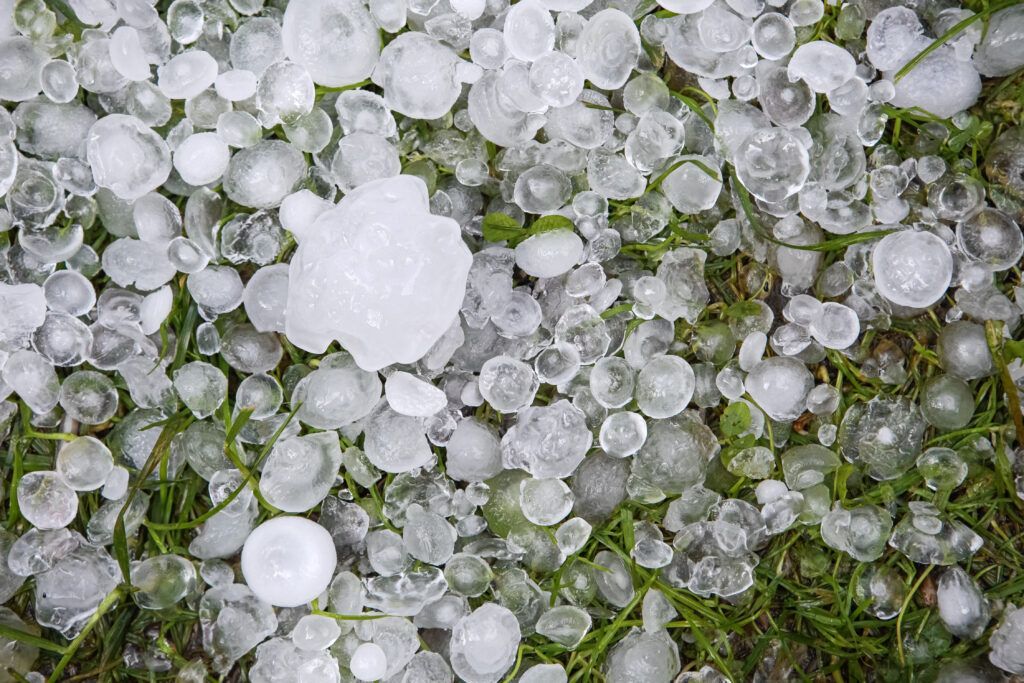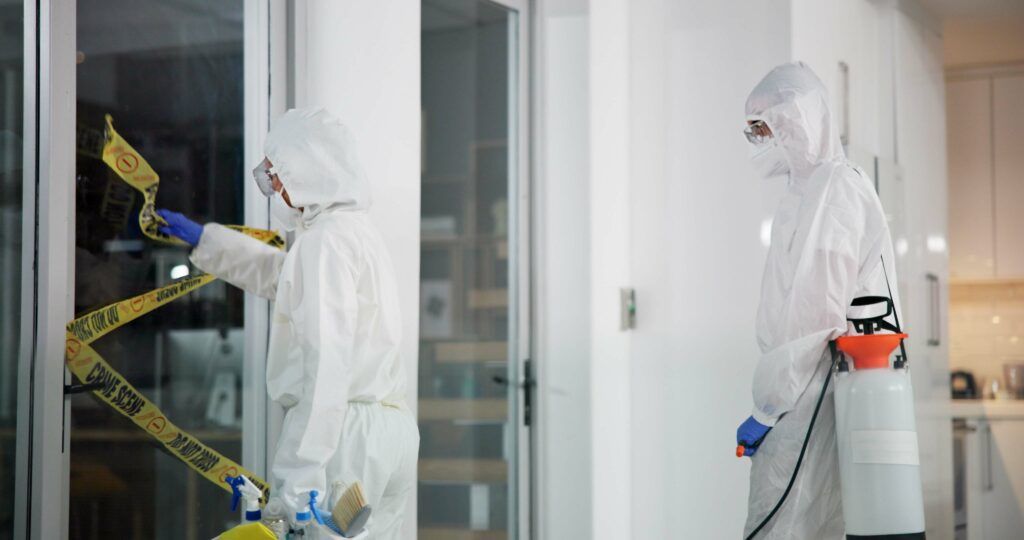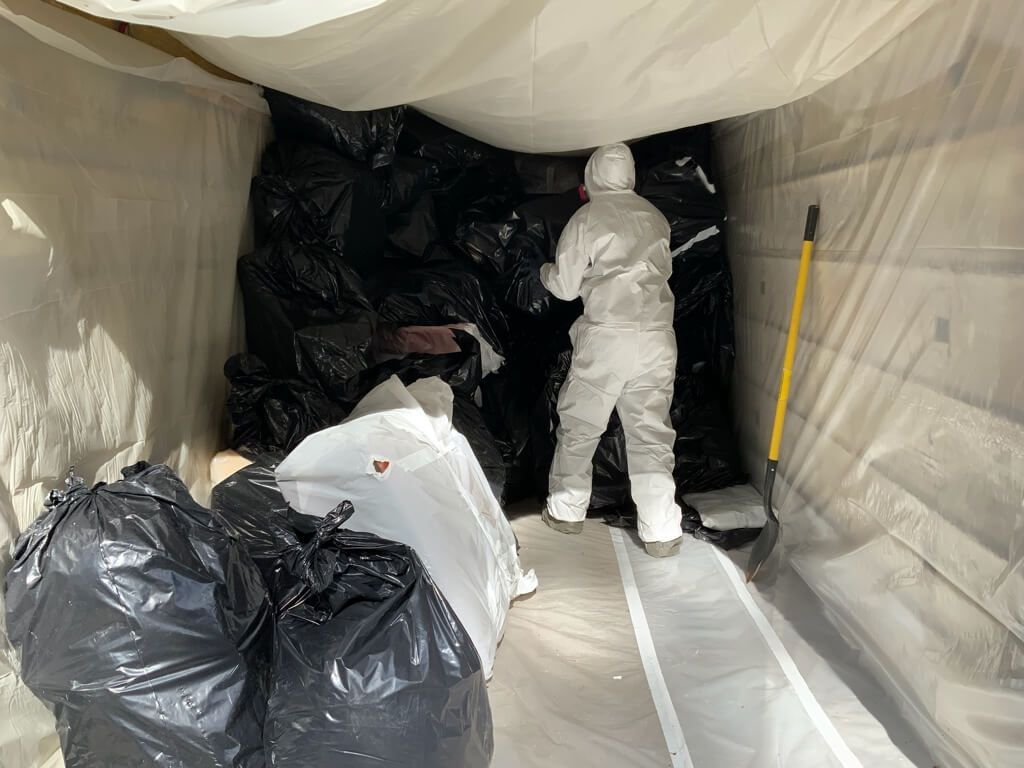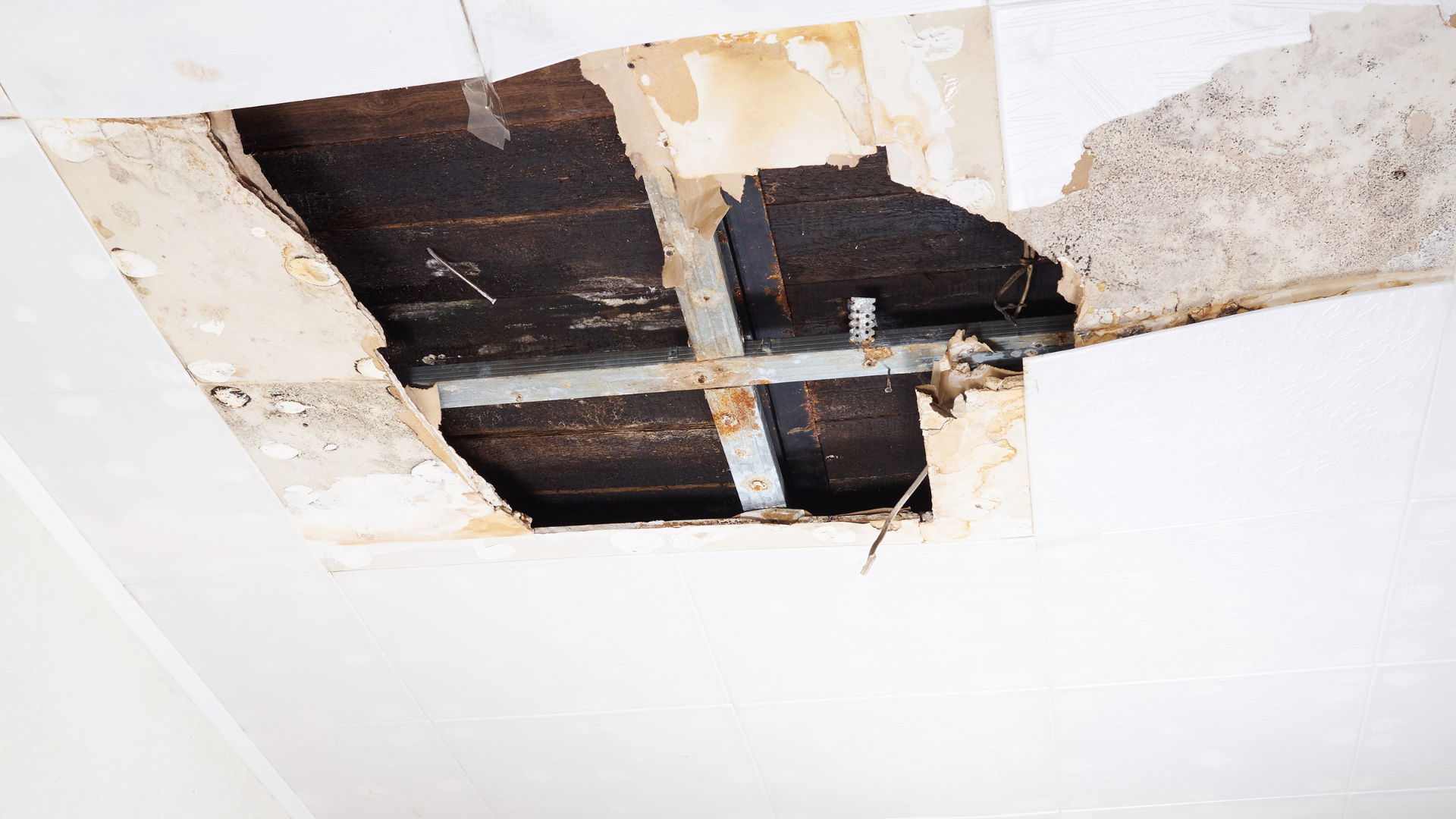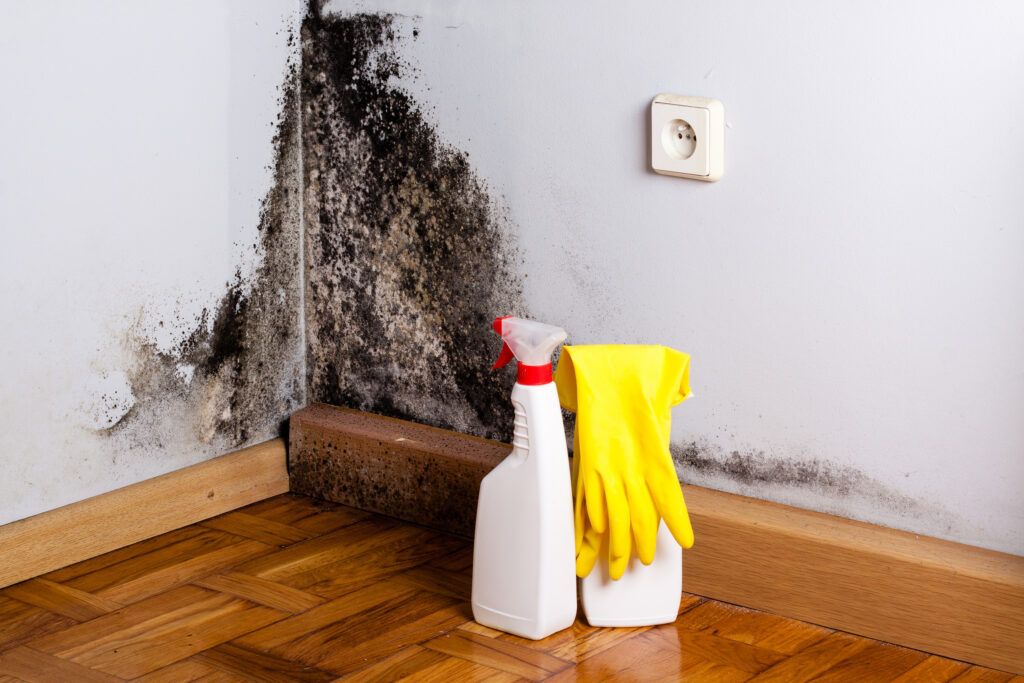What Water Damage Really Looks Like 72 Hours Later: A Timeline of Hidden Costs
The Calm Before the Mold – What Happens in the First 24 Hours
When water damage hits—whether from a burst pipe, roof leak, or snowmelt runoff—it’s what you don’t see that becomes the most dangerous. In the first 24 hours, things may seem manageable. The floor’s a little wet, there’s a musty smell, but no visible damage yet. This is where many facilities managers hesitate to act.
But behind walls, under floors, and above ceiling tiles, moisture is quietly spreading .
- Porous materials like drywall, insulation, and ceiling tiles begin absorbing water immediately
- Electrical systems can become compromised , even if they’re not visibly submerged
- The humidity spike starts setting the stage for microbial growth, even before mold is visible
Waiting even a single day before calling in professionals can double the cost and duration of the restoration. This is the critical window where speed matters more than anything else.
The Silent Spread – What 48 Hours of Water Damage Really Means
By the 48-hour mark, water that once seemed like a surface-level inconvenience has begun to reshape the internal structure of your building.
At this point, moisture has likely seeped deep into building materials , reaching areas you can’t see—inside walls, underneath flooring systems, and into insulation. And when materials stay wet for this long, mold doesn’t just become possible—it becomes likely.
According to the EPA , mold can begin growing in as little as 24 to 48 hours in damp environments. That growth won’t just affect air quality—it can become a liability issue , particularly in healthcare, education, and multi-tenant environments where exposure risks are higher.
Here’s what else is happening by Day 2:
- Drywall begins to disintegrate , bulge, or swell behind walls
- Baseboards may start warping , separating from the wall and trapping water behind them
- Metal surfaces begin to corrode , especially HVAC components and electrical boxes
- Wood framing may start rotting , especially in subfloors or load-bearing areas
If you’re managing a commercial or multi-family property, this isn’t just a maintenance issue—it’s a business continuity risk . Tenants start to notice. Building systems begin failing. And if restoration hasn’t started by now, costs are about to climb—fast.
Proactively involving a certified restoration partner within the first 48 hours isn’t just smart—it’s a strategic move that can prevent weeks of disruption, insurance complications, and reputational harm.
HRS offers complimentary property assessments tailored for commercial spaces. Click here to schedule and let’s fortify your fortress.

Mold Takes Hold – What 72 Hours Really Looks Like
The alarm’s blaring, the water’s rising, or smoke’s creeping through your vents— it’s go time, facilities managers. When disaster crashes your property like an unwelcome VIP, every minute counts. You’re not just managing aAt the 72-hour mark, your facility is no longer just experiencing water damage—it’s now a mold remediation site in the making .
If water hasn’t been fully extracted and the structure hasn’t begun drying, microbial activity is in full swing . Mold spores, which are naturally present in the air, have now found the perfect environment: moisture, warmth, and porous material to feed on.
By day three , here’s what’s likely happening:
- Visible mold growth may begin appearing on drywall, ceilings, and carpet backing
- Air quality drops , especially in sealed, poorly ventilated areas
- Mold colonies may be spreading behind walls , traveling through HVAC systems and affecting other parts of the building
- Occupants may begin experiencing symptoms— headaches, coughing, or allergic reactions —triggering potential complaints, liability concerns, or tenant relocations
- In buildings like schools, hospitals, or office towers, indoor air compliance becomes a major issue
According to the CDC , mold exposure can be especially harmful to individuals with asthma, allergies, or compromised immune systems. And in a commercial or public-facing setting, that opens the door to legal, reputational, and operational risks .
At this point, surface drying or DIY cleanup won’t cut it. You’re now facing professional mold remediation , possible removal of affected materials, and likely a longer disruption to operations.
Acting within 72 hours is the difference between routine water mitigation and a full-scale mold recovery project. For facilities managers, this is a tipping point—one that impacts your timelines, your budget, and the people who depend on your building to function.
Structural Compromise – What’s at Stake After Day 3
Once a water event has gone unmitigated for more than 72 hours, the building itself begins to change. You’re no longer just dealing with wet materials—you’re facing a compromised structure and a restoration project that now involves demolition, reconstruction, and environmental testing.
By this stage, moisture has had enough time to penetrate load-bearing materials , affect core building systems , and destabilize what once looked like minor damage. Here’s what’s commonly at stake:
- Subfloor systems may begin to rot , particularly in wood-frame buildings
- Insulation is saturated and compromised , requiring full replacement to avoid mold reactivation later
- Metal framing and connectors show signs of corrosion , especially in older commercial structures
- Interior walls may bow or bubble , driven by pressure behind soaked drywall or sheathing
- Electrical wiring, junction boxes, and low-voltage systems are often no longer safe or reliable
At this point, you’re not just drying a building—you’re rebuilding parts of it , and the longer the damage sits, the more complex and costly that becomes.
Worse still, if your building is older and contains asbestos or lead-based materials , disturbed wet materials may require hazardous materials testing and abatement , adding even more cost and regulatory complexity.
In short: after 3 days, water becomes a building-wide threat , not just an isolated incident. Facilities managers who wait are no longer mitigating damage—they’re navigating a full recovery operation .
The earlier the response, the smaller the footprint. That’s why commercial properties need a rapid-response partner like HRS that’s not only ready to respond—but trained to prevent these long-term consequences.
Pro Tip:
One call to HRS can cut your recovery time in half.
Ready to reclaim your space? Click here for expert restoration.
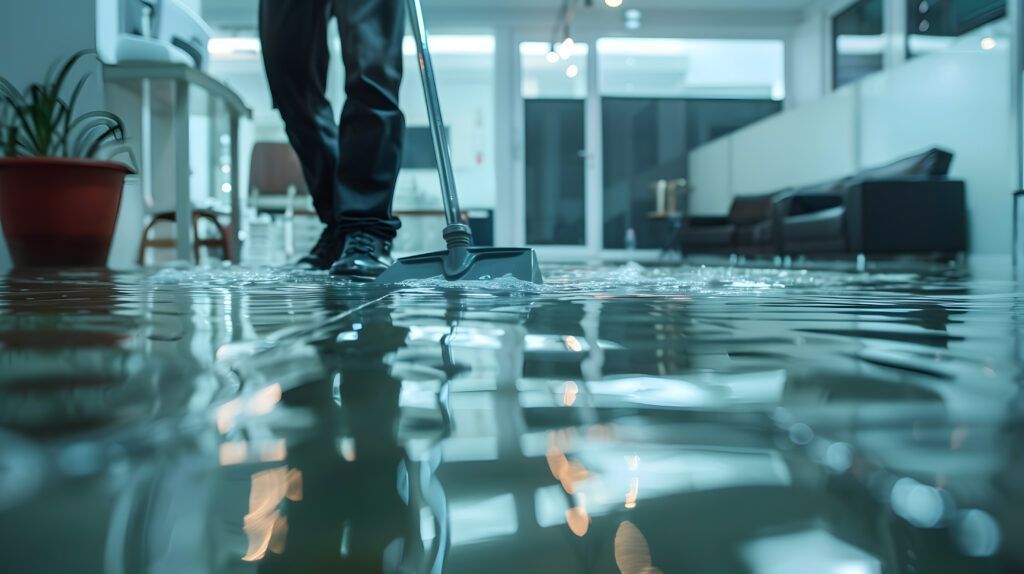
The Insurance Clock – What Delayed Response Could Cost You
While the physical damage from water is easy to see, the financial consequences of waiting are often hidden until it’s too late—and that starts with your insurance provider.
Most commercial property policies include coverage for water damage only if the policyholder takes “reasonable steps” to mitigate further damage. Waiting more than 48–72 hours to act can give your insurer grounds to reduce coverage or even deny parts of the claim entirely.
Here’s what we commonly see when facilities wait too long to call:
- Coverage disputes for mold remediation , claiming it was avoidable with earlier intervention
- Denied claims for secondary damage (like warped flooring, collapsed ceilings, or corroded systems)
- Increased deductibles or surcharges on future policies due to perceived negligence
- Delays in claim processing , especially when documentation is incomplete or late
- In some cases, litigation from tenants or third parties who experienced loss or health impacts
According to a report by the Insurance Information Institute , water damage is one of the most frequently filed commercial claims—but also one of the most disputed , especially when restoration efforts were delayed or undocumented.
The best way to protect your building and your budget? Act fast and document everything . Working with a licensed restoration team like HRS ensures you not only minimize damage, but also build a paper trail of professional response —complete with inspection reports, drying logs, and photos—all essential for a smooth claim.
Water damage becomes more expensive by the hour. If insurance is part of your recovery plan, timing isn’t just important—it’s non-negotiable.
Your First 24 Hours Matter – Why a Partner Like HRS Makes All the Difference
If there’s one takeaway from everything above, it’s this: the first 24 hours are everything .
By the time water has been sitting for three days, you’re not managing a leak—you’re managing a restoration project, a potential health hazard, and a ticking insurance clock.
This is why HRS Restoration Services is built for speed, scale, and experience. We work with commercial buildings, schools, healthcare facilities, and multi-family properties across Colorado to respond immediately and get ahead of the damage—before it spreads, multiplies, or becomes uninsurable.
Here’s what sets us apart:
- Licensed, IICRC-certified technicians with experience in complex commercial environments
- 24/7 emergency dispatch , with rapid response times across the Front Range
- Moisture mapping and documentation that supports insurance claims and long-term facility planning
- Transparent communication with your property team, contractors, and carriers from day one
The sooner you bring in a partner like HRS, the faster we can stop the damage—and the fewer surprises you’ll face later.
Need help or want to schedule a preventative consultation? We’re ready when you are.
One call, one win: (303) 502-5238 gets our pros rolling, day or night. Need the best in the biz? Click here for HRS’s elite restoration crew and lock in peace of mind. You’ve got the plan—HRS has the power. Let’s do this!
The post What Water Damage Really Looks Like 72 Hours Later: A Timeline of Hidden Costs appeared first on HRS Restoration.
